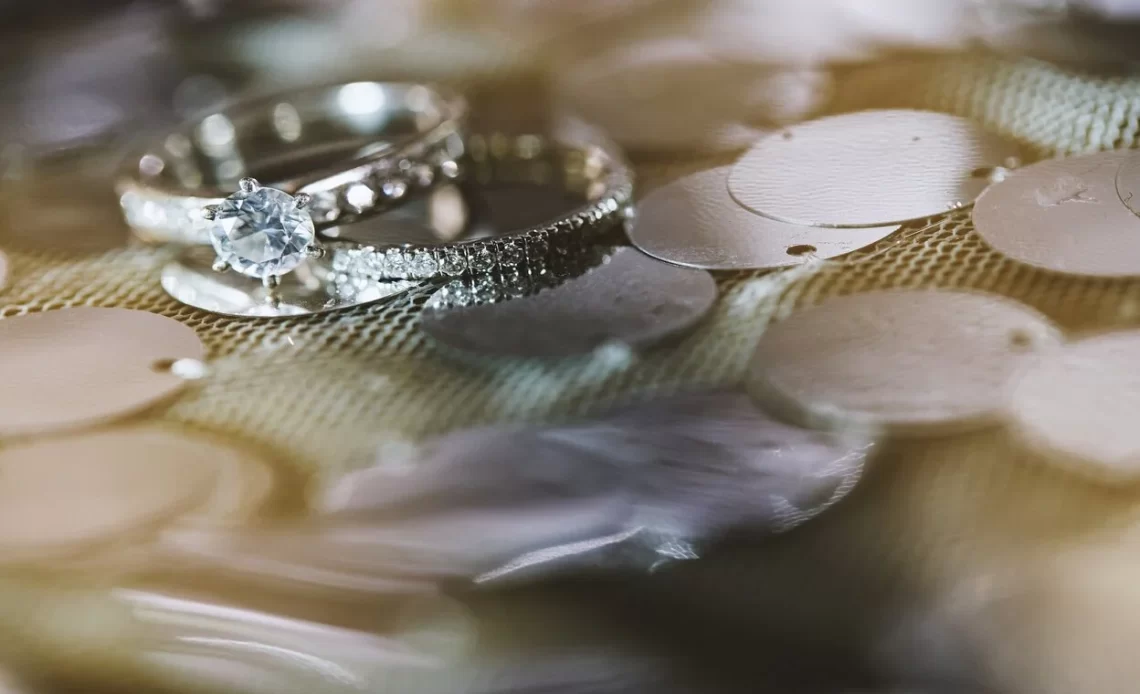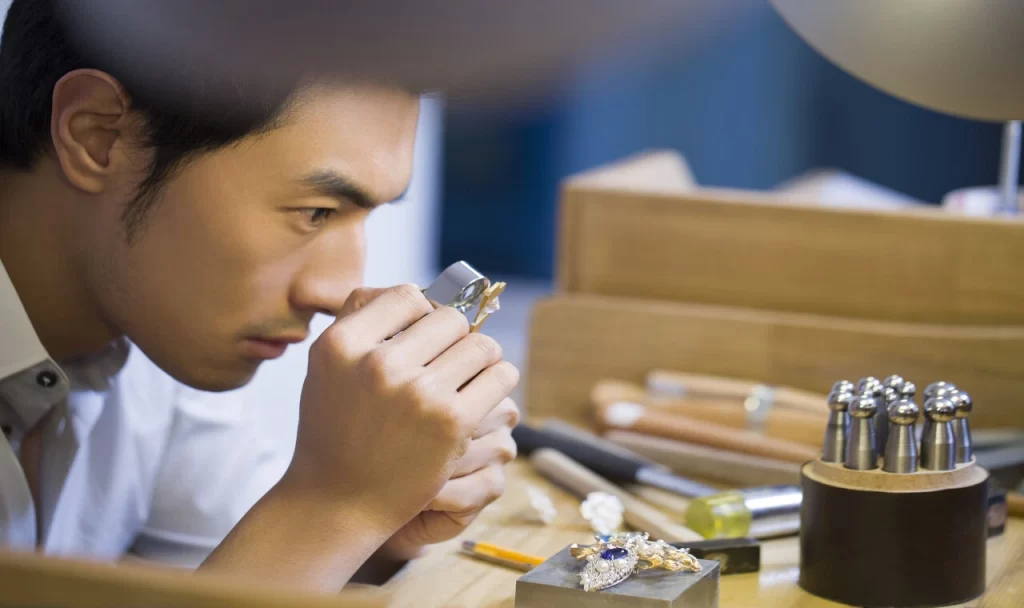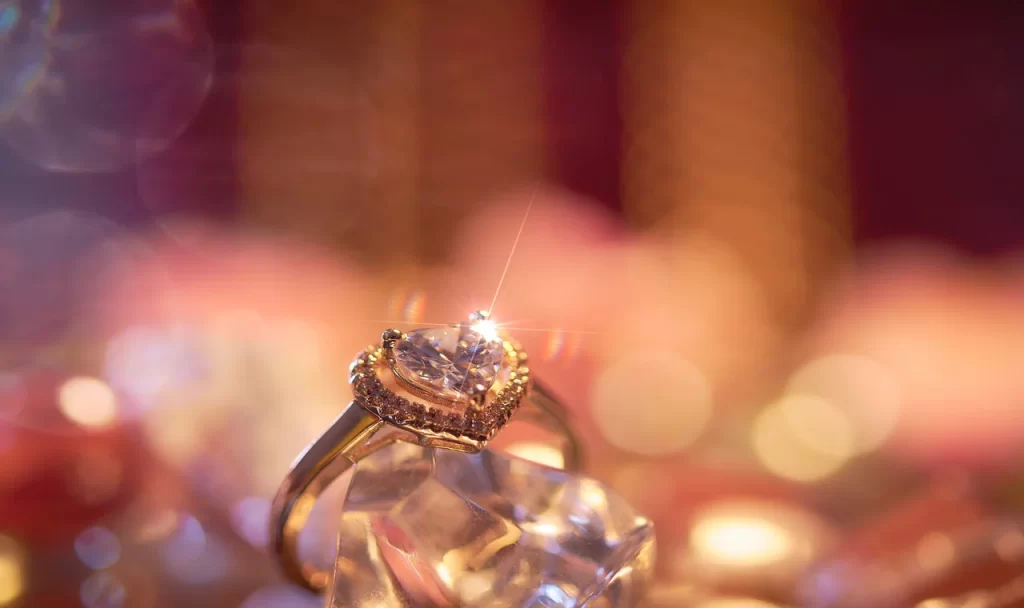
Table of Contents
Introduction
An engagement ring is more than just a piece of jewelry; it symbolizes love, commitment, and a promise for the future. Selecting the perfect engagement ring can be an exciting yet daunting task. With numerous options available, it’s essential to consider various factors to ensure you choose a ring that reflects your partner’s style and personality. This article provides valuable tips to help you navigate the process of finding the perfect engagement ring.
Tips for Choosing the Perfect Engagement Ring
Determine Your Budget
Before you start exploring different engagement ring options, it’s crucial to determine your budget. An engagement ring is a significant investment, and setting a budget will help you narrow down your choices and ensure you find a ring that fits within your financial means. Consider your financial situation and allocate a reasonable amount that you’re comfortable spending.
Understand the 4Cs
The 4Cs — Cut, Color, Clarity, and Carat Weight — are important factors that determine the quality and value of a diamond. Educate yourself about these factors so that you can make an informed decision.
Cut refers to a diamond’s proportions and ability to reflect light, significantly influencing its brilliance.
Color grades range from D (colorless) to Z (light yellow or brown), with D means the dimond is completely colorless while Z means that the dimond has light yellow or brown color. In this color range, diamonds with less color are rare and considered more desirable.
Clarity refers to the absence of internal or external flaws that exist in a diamond. It is graded on a scale from Flawless to Included.
Carat weight refers to the size of the diamond. Consider these factors based on your preferences and budget. The greater the carat weight, the rarer and more valuable the diamond would be, keeping other Cs in account.
You should consider these factors to narrow down your search keeping in view your preferences and budget.
Decide the Diamond Shape and Cutting Style
Prior to embarking on your engagement ring shopping journey, it is essential to comprehend the distinction between a diamond’s shape and cutting style. Shape refers to the outline of a diamond. While the round shape remains highly popular, there are various other shapes, collectively known as fancy shapes. These include the marquise, pear, oval, rectangle, square, and heart shapes. Among all these shapes and cutting styles, round brilliant diamonds normally cost the most.
If diamond size is important for you, you can opt for more carats at a lesser price when you select an alternate shape to the classic round cut. It is important to research the diamond cuts and have some shortlisted in mind before you start visiting jewelers.
The cutting style of a diamond refers to how its facets are arranged. Among the various cutting styles, the brilliant cut is widely favored for its ability to enhance a diamond’s brightness. This cutting style is employed across different shapes, including round, oval, square (princess cut), and marquise. Notably, the round brilliant cut stands out as the most popular shape and cutting style combination, characterized by the presence of 57 or 58 facets.
Examine Diamonds under Different Lights

When evaluating diamonds for engagement ring, it is essential to examine them under different lighting conditions. Diamonds can display varying levels of brilliance, fire, and scintillation depending on the lighting environment. Most of the jewelers use white spotlighting, which maximizes diamonds’ brightness and they look dazzling. That’s the reason why natural daylight is considered the ideal lighting for assessing diamonds as it provides a neutral and balanced illumination and it allows you to observe the diamond’s true color and brilliance. Indoor lighting, such as fluorescent or LED lights, may cast a slightly different hue on the diamond. It’s important to view the diamond under various lighting sources to ensure its beauty and sparkle remain consistent across different settings.
By examining diamonds under different lighting conditions, you can gain a comprehensive understanding of their appearance and make an informed decision when selecting the perfect diamond.
Determine the Engagement Ring Style

Consider your partner’s personal style when selecting the engagement ring. Observe the jewelry they wear to identify their preferences. Classic solitaire, vintage-inspired, halo, or three-stone rings are popular styles to explore. Additionally, contemplate the metal choice — platinum, white gold, yellow gold, or rose gold — and select one that complements your partner’s skin tone and style.
The color of the metal used in jewelry settings can significantly impact the perceived color of gemstones, particularly diamonds. Metal color acts as a backdrop against which the gemstone’s color is showcased. Generally, white metals, such as platinum or white gold, can enhance the whiteness and brilliance of a diamond. The cool undertones of these metals create a visually crisp and vibrant effect, allowing the diamond’s color to stand out. On the other hand, yellow or rose gold settings can impart a warm glow to the diamond, influencing its appearance. These warmer metal tones can complement diamonds with lower color grades, making them appear slightly whiter.
It is important to consider the desired effect and personal preferences when choosing the metal color for a diamond setting, as it plays a significant role in enhancing or altering the perceived color of the gemstone.
Ensure the Right Ring Size
Acquiring the correct ring size is crucial to avoid compromising the ring’s appearance through resizing. Borrow a ring your partner wears on their ring finger discreetly, or consult a trusted friend or family member who may know their size. If uncertain, opt for a slightly larger size, as rings can typically be resized afterwards.
Consider Lifestyle and Practicality
Take your partner’s lifestyle into account when selecting an engagement ring. If they lead an active lifestyle or work with their hands, a low-profile setting with a secure setting for the diamond may be a practical choice. Consider the durability and maintenance requirements of the chosen metal and gemstone to ensure the ring can withstand daily wear.
Seek a Reputable Jeweler
Choose a reputable jeweler with a good track record and positive customer reviews. Look for certifications, such as GIA (Gemological Institute of America) or AGS (American Gem Society), to ensure the quality of the diamond. A knowledgeable and trustworthy jeweler can guide you through the selection process and provide valuable advice.
Personalize with Customization
Consider customizing the engagement ring to make it truly unique and special. You can add personal touches like engraving a message or incorporating birthstones or gemstones with special meaning. Customization allows you to create a one-of-a-kind ring that perfectly reflects your partner’s individuality.
Conclusion
Choosing the perfect engagement ring involves careful consideration of various factors, from budget and style to quality and personalization. By establishing a budget, understanding the 4Cs, reflecting on your partner’s style, and relying on a reputable jeweler, you can make an informed decision and select a ring that will be cherished for a lifetime. Remember, the perfect engagement ring is a symbol of your love and commitment, and the effort you put into choosing it will undoubtedly be appreciated by your partner.
